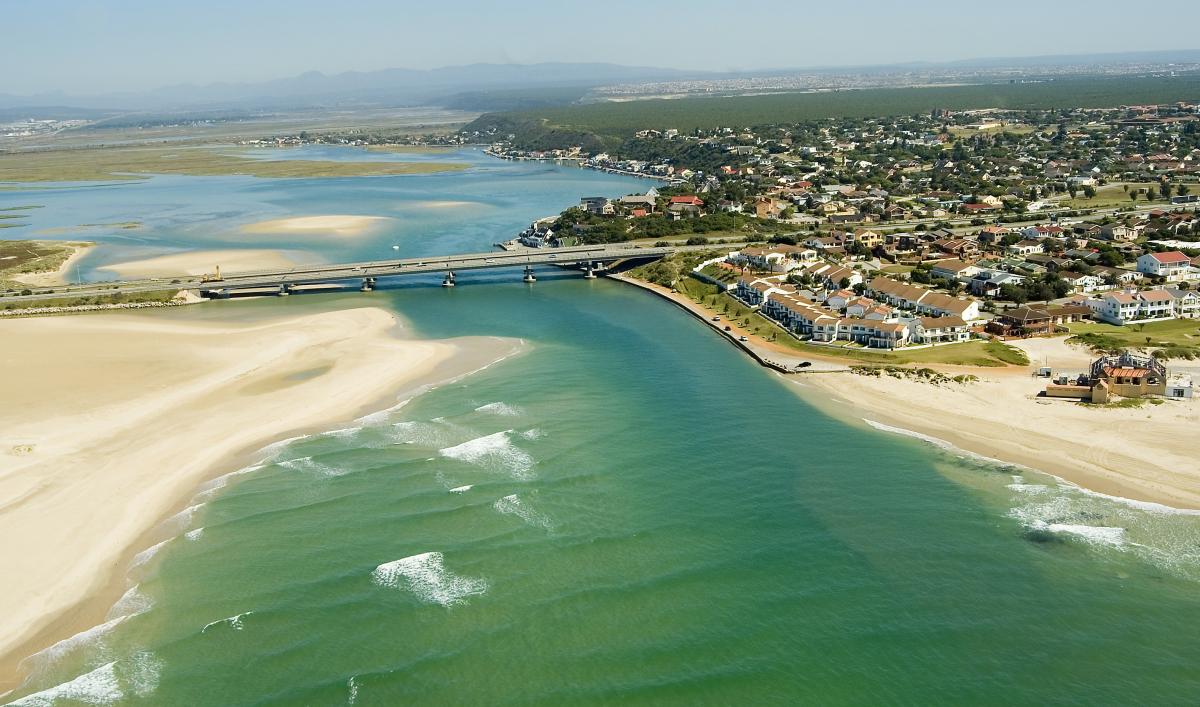Coastal and marine tourism is expected to create about 116 000 direct jobs by 2026, reducing poverty, inequality and unemployment.
South Africa’s tourism sector is intent on offering domestic and international travellers world-class marine and coastal tourism opportunities.
These opportunities will expand the options available to travellers and increase the socio-economic value of tourism to South Africans.
Tourism is an extremely important contributor to South Africa’s economy. It is one of the biggest drivers of job creation in South Africa and contributors to the Gross Domestic Product (GDP). This is according to Statistics SA’s latest release of its Tourism Satellite Account for South Africa report.
In August Cabinet approved the Coastal and Marine Tourism Implementation Plan (CMTIP) which was drawn up by various stakeholders in the tourism sector, led by the Department of Tourism.
The vision is to grow a world-class and sustainable coastal and marine tourism destination that makes the most of South Africa’s competitive advantage in nature, culture and heritage.
Minister of Tourism Tokozile Xasa said, “The coastal and marine tourism sector will contribute about R21.4 billion to the GDP and create about 116 000 direct jobs by 2026, thus reducing poverty, inequality and unemployment, while contributing to sustainable livelihoods and development.
“These estimates are conservative as they are growing off a low 2015 base of R11.9 billion direct contribution to the GDP and 64 400 direct jobs.”
Six priority areas
In implementing the CMTIP the focus will be on prioritising destinations rather than individual products or tourism projects.
In the first five years of implementation the following nodes (geographic destinations) will be targeted:
- Node 1: Durban and surrounds (KwaZulu-Natal).
- Node 2: Umkhanyakude District including Umhlabuyalingana and surrounds (KwaZulu-Natal).
- Node 3: Port St Johns to Coffee Bay (Eastern Cape).
- Node 4: East London, Port Elizabeth and surrounds (Eastern Cape).
- Node 5: Cape Town and surrounds (Western Cape).
- Node 6: West Coast and surrounds (Northern Cape).
Initiatives in these nodes cover six themes, namely marketing, events and routes; regulations and permitting; research and spatial planning; beach precinct development, tourism infrastructure and tourism safety; maritime tourism; and skills development.
The Blue Flag Beaches Programme, Boat-based Whale Watching and Shark Cage Diving, and Offroad Vehicle 4x4 Beach Driving projects will be included in the CMTIP’s first phase.
Minister Xasa thanked all stakeholders who helped develop detailed plans for the CMTIP, pointing out that its successful implementation depends on partnerships. “Together We Do Tourism,” concluded Minister Xasa.



 Facebook
Facebook Twitter
Twitter WhatsApp
WhatsApp